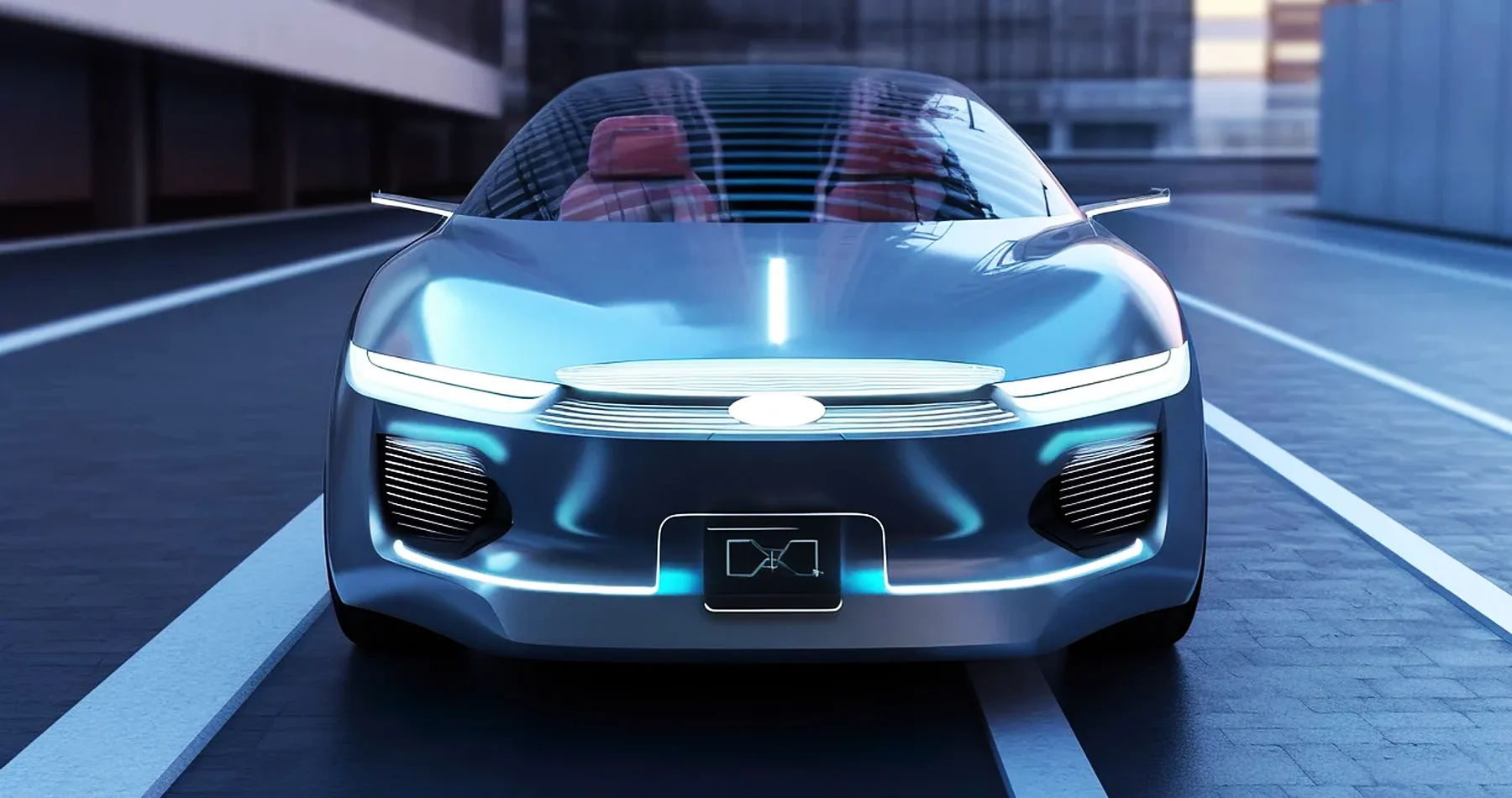The automotive landscape is undergoing a transformative shift, and at the forefront of this evolution are Self-Driving Cars. As we stand on the cusp of a new era in transportation, it’s essential to delve into the intricacies of navigating the future of autonomous vehicles in the United States.
Navigating the Future of Self-Driving Cars in the US
Technological Advancements:
Self-driving cars, also known as autonomous vehicles (AVs), rely on advanced technologies such as artificial intelligence (AI), machine learning, sensor fusion, and sophisticated algorithms to navigate and make real-time decisions. The continuous refinement of these technologies is crucial for improving the safety and reliability of self-driving cars.
Sensors and Perception:
Advances in sensor technologies, including lidar, radar, and cameras, are essential for enhancing a vehicle’s ability to perceive its environment accurately. Ongoing research and development aim to make these sensors more robust, cost-effective, and capable of handling diverse driving conditions.
Machine Learning and AI:
Machine learning algorithms and AI play a vital role in allowing self-driving cars to learn from various scenarios and adapt to changing road conditions. Continued research in AI is crucial for improving decision-making capabilities, predicting human behavior, and ensuring the safe operation of autonomous vehicles.
Connectivity and Communication:
Vehicle-to-everything (V2X) communication plays a significant role in the future of self-driving cars. Cars communicating with each other and with infrastructure elements can enhance safety and effectiveness when driving. Advancements in 5G technology facilitate faster and more reliable communication between vehicles.
Regulatory Landscape:
The prosperity of self-driving cars in society requires a clear and adaptive regulatory framework. Regulatory efforts are in progress at the federal and state levels to establish guidelines for testing and deploying autonomous vehicles.
Federal Legislation:
The National Highway Traffic Safety Administration (NHTSA) is actively involved in developing and updating regulations related to autonomous vehicles. Comprehensive federal legislation may be necessary to provide a consistent regulatory framework across states.
State Regulations:
Many states have taken the initiative to create their own regulations for self-driving cars. This patchwork of state laws has led to testing and deployment requirements. Harmonizing state regulations will be crucial for creating a unified and efficient framework.
Safety Standards:
Establishing safety standards for autonomous vehicles is a top priority. Ensuring that self-driving cars meet rigorous safety requirements is essential for gaining public trust and regulatory approval. Standards related to cybersecurity, vehicle-to-vehicle communication, and emergency protocols are crucial aspects of this effort.
Infrastructure Adaptation:
The successful integration of self-driving cars also relies on adapting infrastructure to accommodate these vehicles. Changes in road design, traffic management systems, and communication infrastructure are all part of the equation.
Dedicated Lanes and Zones:
Some cities are considering the creation of dedicated lanes or zones specifically designed for autonomous vehicles. These areas would be equipped with the necessary infrastructure to support the unique requirements of self-driving cars.
Integration with Public Transportation:
Autonomous vehicles with existing public transportation systems as a way to create a seamless and efficient urban mobility network. It could involve autonomous shuttles, shared autonomous rides, and last-mile connectivity solutions.
Public Perception and Acceptance:
Public perception and acceptance of self-driving cars are critical factors that shape their future. Building trust between consumers and addressing concerns about safety, privacy, and job displacement is essential for widespread adoption.
Safety and Trust:
Autonomous vehicles must demonstrate a level of safety that exceeds human drivers to gain public trust. High-profile incidents involving self-driving cars have underscored the importance of robust safety measures and transparent communication about the capabilities and limitations of the technology.
Education and Awareness:
Educating the public about the benefits and limitations of self-driving cars is crucial. Clear communication regarding the technology’s potential to reduce accidents, improve traffic flow, and enhance accessibility can contribute to a more informed and accepting public.
Economic Impact:
The widespread adoption of self-driving cars is to have profound economic implications, influencing various sectors, including transportation, insurance, and job markets.
Changes in Transportation Business Models:
The rise of autonomous ride-sharing services and fleets may alter traditional transportation business models. Car ownership patterns could shift, impacting industries to vehicle sales, maintenance, and parking.
Insurance and Liability:
The transition to self-driving cars raises questions about liability and insurance. Determining responsibility for the accidents involving autonomous vehicles and adapting insurance models to accommodate this shift in risk will be crucial.
Ethical Considerations:
The advent of self-driving cars introduces complex ethical considerations, particularly regarding decision-making algorithms and the prioritization of human safety in various scenarios.
Ethical Decision-Making Algorithms:
Ethical decision-making algorithms are a challenging aspect of autonomous vehicle technology. Deciding how a self-driving car should behave in morally ambiguous situations poses philosophical and technical challenges.
Human Oversight and Intervention:
Balancing the autonomy of self-driving cars with the need for human oversight is a delicate matter. Determining when and how human intervention should occur in autonomous vehicles is a topic of ongoing discussion.
